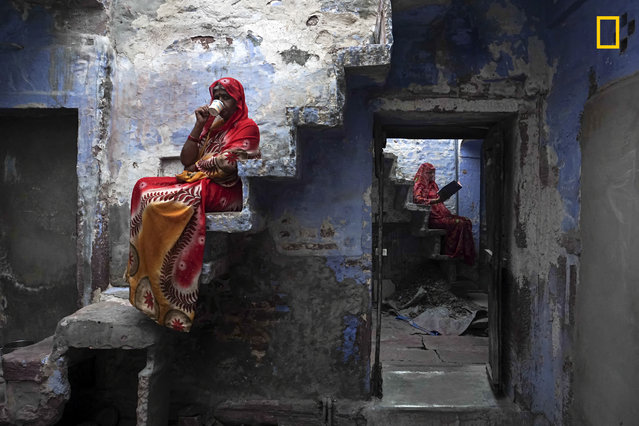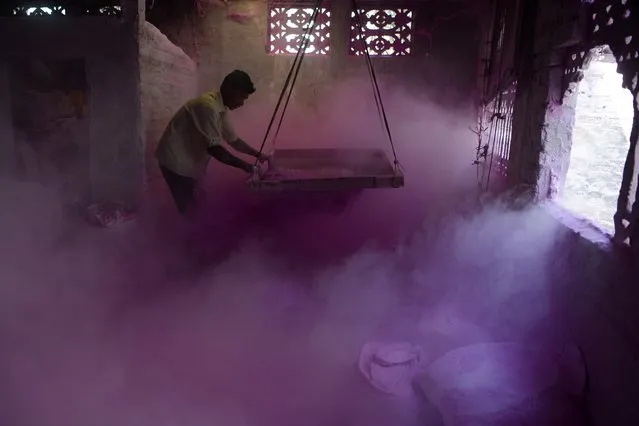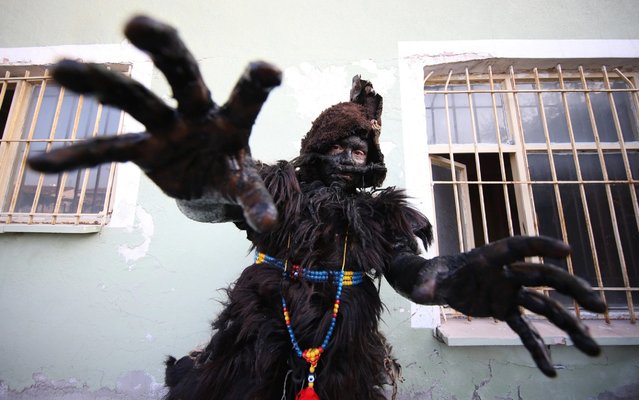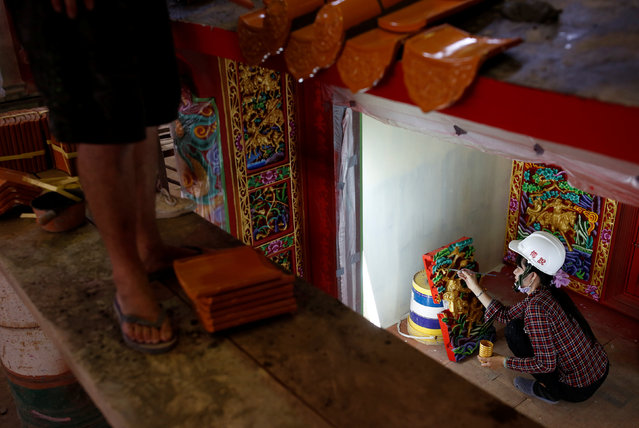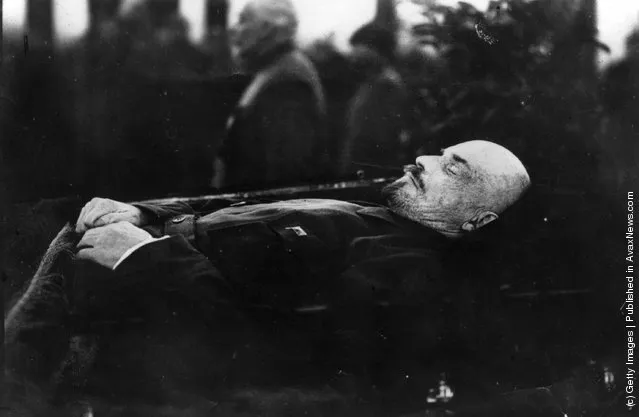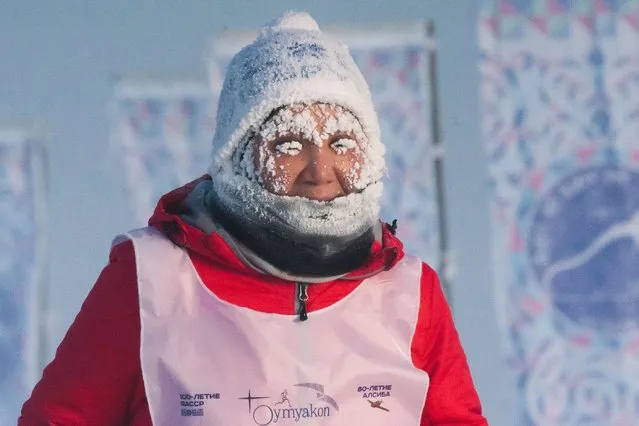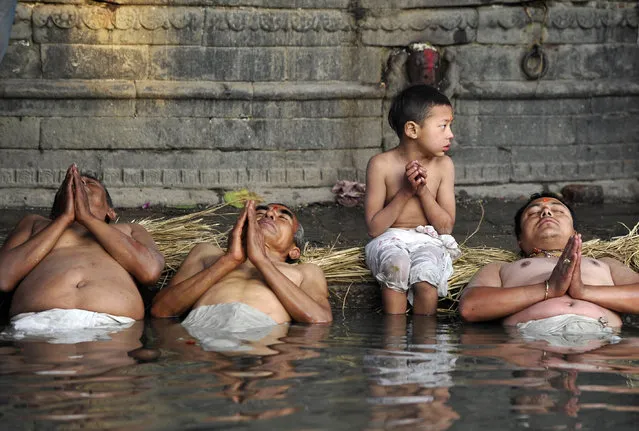
Visitors gather outside Ark Encounter, a 100 million USD, 510-foot-long re-creation of Noah's Ark in Williamstown Kentucky, USA, 05 July 2016. Ark Encounter is the brainchild of Australian-born creationist Ken Ham; it was built with the help of state tax incentives and the sale of 62 million USD in junk bonds. (Photo by Jim Lo Scalzo/EPA)
07 Jul 2016 11:40:00,post received
0 comments

